Whole-Home Surge Protectors: A Complete Guide
Your devices aren’t built for lightning strikes.
In a literal flash, all your electronics can be completely useless.
Thousands of dollars in appliances and devices are dead and irreparable. Just like that.
Unless they are protected by surge protectors.
Don’t wait until after lightning strikes.
Why Invest in surge protectors?
A power surge can happen for various reasons, including lightning strikes, utility grid fluctuations, or even the cycling on and off of high-power appliances.
The outcome could be data loss, component damage, or even complete device failure.
Surge protectors are designed to intercept these harmful voltage spikes and redirect them away from your devices.
By serving as a sacrificial device, surge protectors take the hit so your gadgets don’t have to.
Types of Surge Protectors
Plug-In Surge Protectors: These are the most common and affordable type of surge protectors, but they are also the most basic and offer the least protection.
Please note that not all power strips are surge protectors. Look for the distinction on the packaging.
These are the familiar direct outlet plug-in and cord units with one to eight plugins and cost anywhere from $10 to hundreds depending on their features. They work by diverting excess voltage to the grounding wire, ensuring your devices remain unharmed.
Power strip surge protectors are typically used for plug-in devices, including anything from phone chargers to sound systems. Those made for Wi-Fi modems and home entertainment systems will have coaxial and ethernet connections.
Larger, more powerful, and expensive versions commonly used for office equipment can have USB outlets and built-in circuit breakers.
For office equipment, it is also recommended to have a UPS (uninterrupted power supply) battery system in case of a power outage.
UPSs do protect from small surges, but they will not adequately protect all your electronics.
Whole-Home Surge Protectors: For comprehensive protection, whole-home surge protectors are the way to go. These heavy-duty units are installed directly into your home’s electrical panel and are designed to intercept high-energy surges before they can enter your living space.
With a significantly higher joule (indicating their capacity to absorb energy) rating, whole-home surge protectors can handle larger surges and offer a broader range of protection, from major appliances to your sophisticated home automation systems.
These average around $300, depending on your specific home’s needs. Whole home surge protectors are the best way to protect your entire home.
You can’t plug your appliances, which can be worth thousands, into power strips.
Installing a Whole-Home Surge Protector
While power strip surge protectors can be easily plugged into outlets, the installation of a whole-home surge protector is a complex task that should only be undertaken by a licensed electrician.
Here’s why…
Electrical Expertise: The installation process involves working directly with your home’s electrical panel, which contains live wires and high voltages. An experienced electrician understands the intricacies of your home’s electrical system and can safely connect the surge protector without causing disruptions or hazards.
Proper Sizing: Determining the appropriate size and capacity of the surge protector requires a deep understanding of your home's energy usage patterns and the potential risks it faces. An electrician will assess your needs and install a surge protector that can handle the demands of your household.
Code Compliance: Electrical work is subject to strict building codes and safety regulations. A licensed electrician is well-versed in these codes and ensures that the installation adheres to legal requirements, reducing the risk of safety hazards and future issues.
Custom Installation: Every home is unique, and the placement of the surge protector within your electrical panel requires careful consideration. An electrician will identify the optimal location for installation to ensure efficient protection for your entire home.
What to expect…
The whole-home surge protector installation process involves connecting the surge protectors to the incoming power lines and grounding system.
Technicians typically take a few hours, depending on the home’s current electrical system and the number of panels.
To help ensure an efficient visit, make sure the areas around your main electrical panel and any subpanels are clear of obstructions.
Are whole-home surge protectors worth it?
The small, upfront investment of a whole-home surge protector is a decision that pays off in the long run.
Consider the cumulative cost of replacing or repairing expensive electronics damaged by power surges. With a surge protector in place, you’re effectively safeguarding your investments and extending the lifespan of your devices.
You won’t need to worry about unplugging devices every time a storm approaches, nor will you lose sleep over the potential data loss or disruption caused by power surges.
In short, if you don’t want to worry or pay the price later, yes, the few hundred dollars is worth it.
Talk to your local technicians today and request a whole home surge protector quote.


